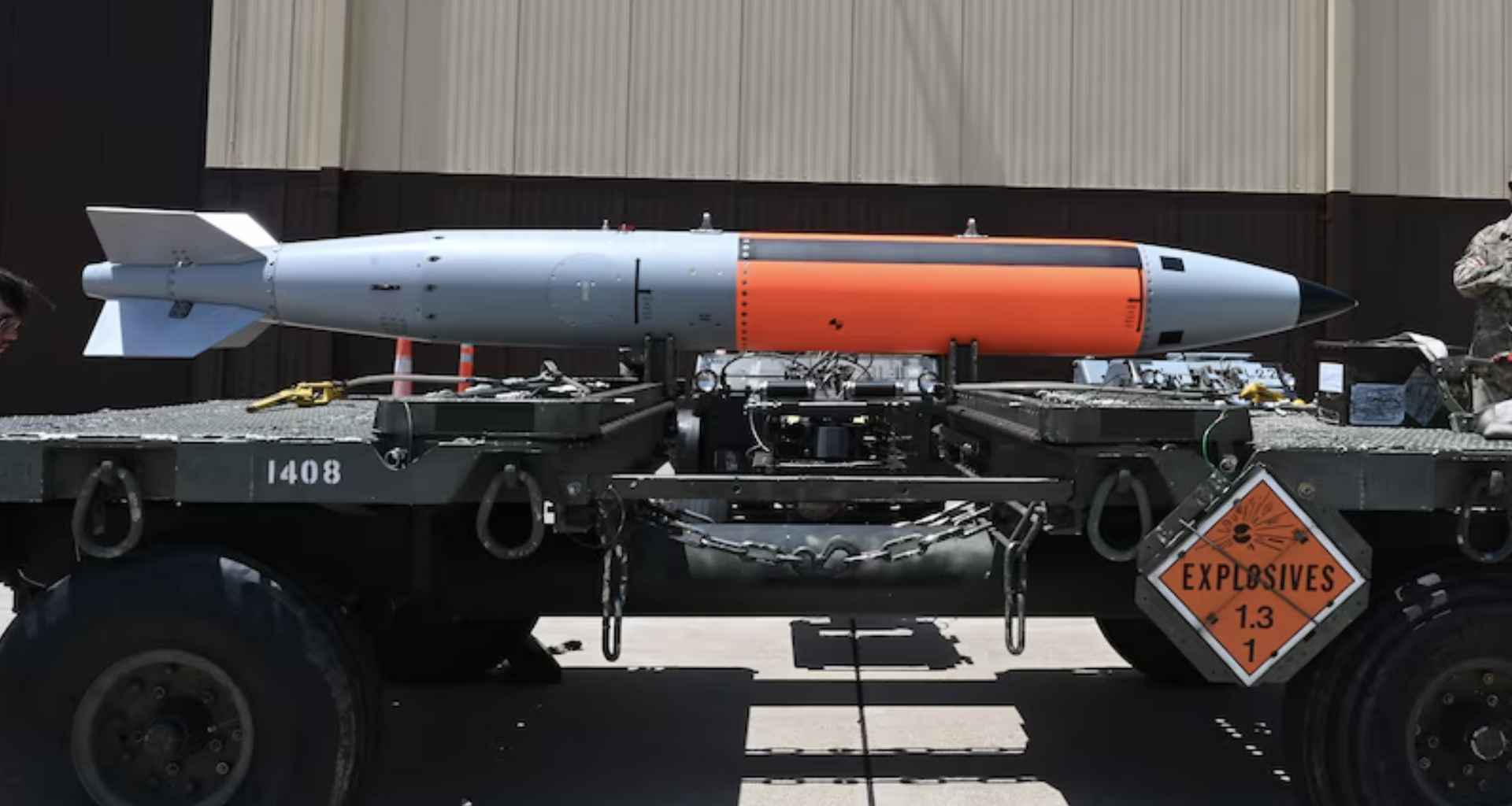The National Nuclear Security Administration (NNSA) in the United States has completed the upgrade of the B61-12 nuclear warhead, which is the latest modification to the B61 family of gravity bombs.
The production of nuclear gravity bombs formally started three years ago.
Deployed from the U.S. Air Force and North Atlantic Treaty Organization bases, the B61 family of gravity bombs has over 50 years of service, which makes it the oldest and most versatile weapon in the enduring U.S. nuclear weapon stockpile.
NNSA will transition to producing the B61-13 bomb
Jill Hruby, Under Secretary of Energy for Nuclear Security and NNSA Administrator, said: “Completing the B61-12 on schedule is the latest example of what we’ve been saying for several years now. NNSA is delivering capabilities at the pace and scale needed by our Department of Defense partners and our deterrence requirements.”
As the production of the B61-12 LEP is now over, NNSA will transition to producing the B61-13 bomb, which will leverage the current, established production capabilities supporting the B61-12. FPU of the B61-13 is scheduled for FY 2026.
Dr. Marvin Adams, Deputy Administrator for Defense Programs, stated that the completion of the last B61-12 testifies to the successful collaboration we’ve had with our U.S. Air Force and Department of Defense partners.
Adams highlighted that the momentum built through B61-12 production and delivery will continue into delivery on the other six active weapons modernization programs and on additional programs that will become active in the coming years.
B61-12 Life Extension Program
“Achieving LPU in FY 2025 demonstrates our ability to execute, not only to our partners and stakeholders in DoD and Congress but also to our adversaries and allies. This demonstration is itself a contribution to deterrence and assurance,” added Adams.
NNSA continues to pursue six additional warhead modernization programs while also modernizing the full suite of production manufacturing capabilities necessary to develop a more resilient Enterprise to meet evolving nuclear deterrence objectives.
The B61-12 Life Extension Program (LEP), which is critical to sustaining the country’s air-delivered nuclear deterrent capability, extends the service life by at least 20 years through refurbishing, reusing, or replacing all the bomb’s nuclear and non-nuclear components, according to a press release.
This LEP, which began in 2008, will continue to assure its safety, security, and effectiveness and consolidate and replace the -3, -4, -7, and -10 B61 variants. The B61-12 balances greater accuracy provided by the modern tail kit assembly with a substantial reduction in yield, with no overall change in military characteristics, as per the release.
In 2020, the F-15E became the first jet to be certified to carry the B61-12, and in March the weapon was certified for the F-35A. According to the October 2024 report from the NNSA, it has also been certified to fly on the B-2, F-16, and German Air Force PA-200 Tornado jets, and is working towards certification on the Italian Air Force’s Tornados and the US Air Force’s B-21 bomber, reported Breaking Defense.
